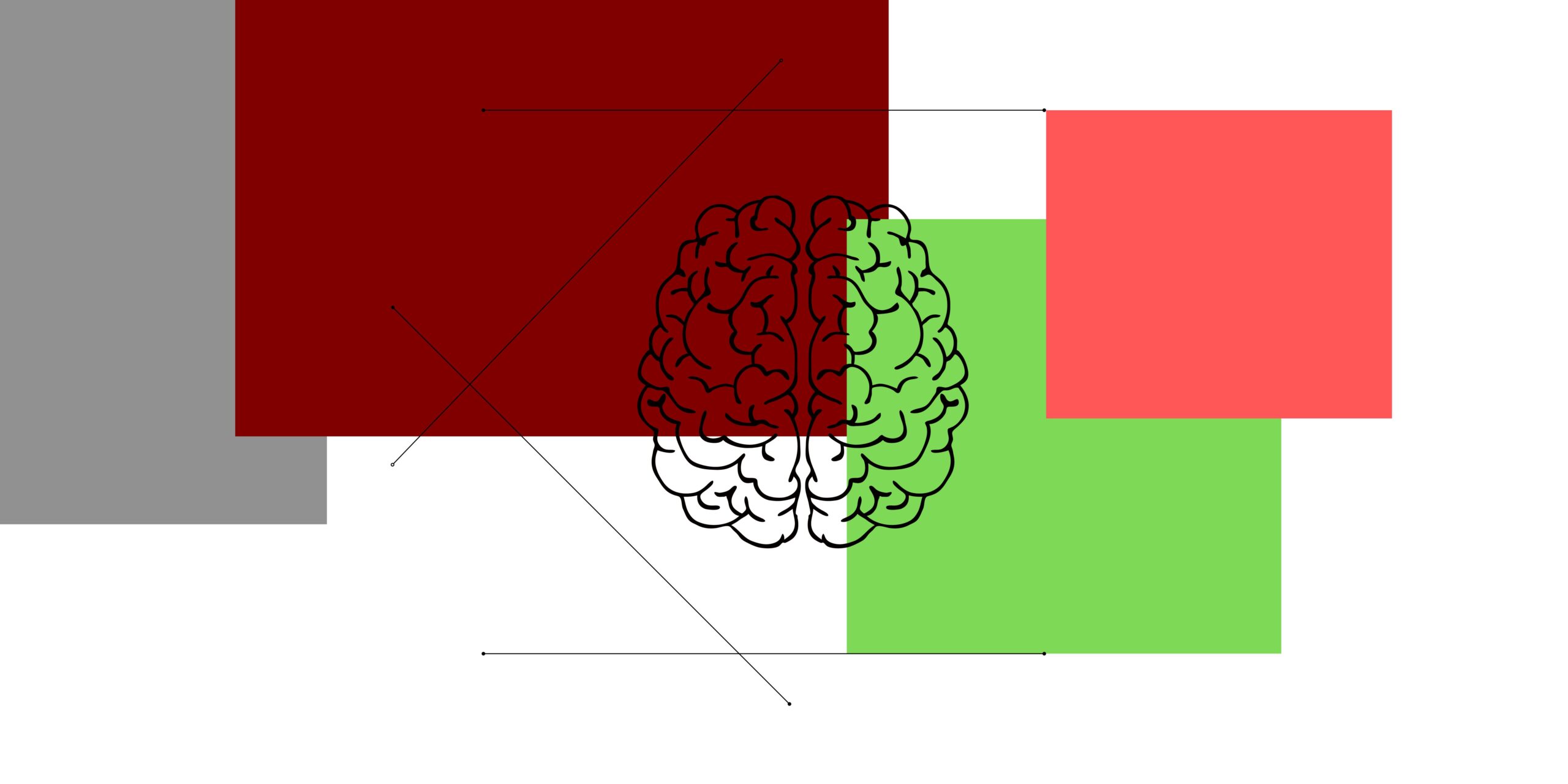By Najwa Bashir
Being intelligent is defined as having the ability to think, learn well, understand complex ideas, and adapt to one’s surroundings. Therefore, it is reasonable to consider intelligence to be a general ability that influences performance on a range of cognitive tasks.
The intelligence quotient, or IQ, is a measure of a person’s intelligence in proportion to peers of a similar age.
IQ is one of the most heritable psychological traits, and the results of a modern IQ test can be used to predict a variety of life outcomes, such as longevity, good health, and even happiness, as well as success in the job and in school (Gottfredson, 1998 as cited in Matzel& Sauce, 2017).
Animals differ greatly from one another in this ability, yet many species share a “general cognitive ability” that affects how well they perform on a wide range of cognitive activities (Matzel& Sauce, 2017). Humans and even animals are categorized as smart or dumb on the basis of their IQ scores.
But where did IQ originate from and how to measure it?

The History of IQ Testing
William Stern, a German psychologist, came up with the word “IQ,” which stands for Intelligenz-Quotient. A person’s IQ was determined by taking one of many standardized tests that are given by psychologists in order to gauge their level of intellect. Initially, scientists doubted that it was possible to evaluate human intellect with any degree of accuracy.
The first IQ test was developed very recently, despite the fact that intelligence has always needed to be measured.
In 1904, French government officials hired psychologist Alfred Binet to help them identify and support these kids by helping them identify which students were most likely to have difficulties in the classroom. Education through primary school was required in France. Binet asked a colleague, Theodore Simon, to help him create an exam with questions on life skills like problem solving, attention to detail, and recall that the children were not taught in school.
The now-classic idea of mental age originated from the observation that some youngsters could respond to questions that were beyond the level of their age group. Binet and Simon developed the Binet-Simon Scale, the original standardized IQ test. The Binet-Simon scale was adapted by Stanford University psychologist Lewis Terman in 1916 for use with the broader American population.
The modified Binet-Simon Scale gained popularity fast and was recognized as the official intelligence exam in the United States for several years after being dubbed the Stanford-Binet Intelligence Scale. On the so-called Stanford-Binet, an individual’s test score is represented by a single number known as their “intelligence quotient,” or “IQ” (Hally, 2015).
Measuring IQ

Formula
William Stern is most known for creating the IQ formula, according to most psychologists, even those who study human intellect (Kovacs &Pléh, 2023).Stern’s concept of the intelligence quotient (IQ) modified Binet’s calculation of the ratio between the gap between mental age (Intelligenzalter) and chronological age.
Since IQ is “independent of the absolute magnitude of chronological age,” the resulting quotient, rather than the original difference score, proved to be a more trustworthy indicator of growth when compared to peers.
Stern so states that the formula is mental quotient ~ mental age ÷ chronological age. For children who are just beginning to function at their normal level, the value is 1, for advanced children, it is greater than unity, and for mentally retarded children, it is a proper fraction (Stern 1914, p. 42 as cited in Kovacs & Pléh, 2023).
In other instances, the term “intellectual quotient” (IQ) is described as the ratio of mental age (MA) to chronological age (CA) multiplied by 100. With respect to this formula, in order for IQ to stay constant, MA and CA need to increase with time (Goddard, 2012).
IQ = MA/CA × 100
Those individuals who have IQ scores less than 70 are usually diagnosed with intellectual disability
Intelligence Tests
Other ways of measuring IQ include standardized tests such as Wechsler Adult Intelligence Scale, Wide Range Achievement Test, and National Adult Reading Test (Subramaniapillai et al., 2021) in addition to previously mentioned Binet-Simon Scale.
Depending on the test used, an individual’s IQ can be assessed by looking at their reading comprehension, abstract reasoning, spelling, arithmetic problem solving, and/or pronunciation of a set of words varying in complexity (Subramaniapillai et al., 2021).
For example, the Wechsler Adult Intelligence Scale III (WAIS-III) (The Psychological Corporation, 1997; Wechsler, 1997 as cited in Ganuthula& Sinha, 2019), the most commonly used IQ test, assesses a person’s performance on four intellectual abilities: working memory, verbal comprehension, processing speed, and perceptual organization (Wechsler, 1997 as cited in Ganuthula& Sinha, 2019).
Each of the four mental skills is covered by a set of thirteen different activities. Each of these activities has a certain amount of items that go towards the final score (Ganuthula& Sinha, 2019).
The Wide-Range Achievement Test (WRAT) was developed in the 1930s by psychologist Joseph Jastak and was first made operational in 1946. WRAT 4, the most recent edition, is intended for use with people between the ages of 5 and 94. The WRAT 4 consists of four subtests: arithmetic calculation, phrase comprehension, spelling, and word reading. The reading and sentence comprehension exams must be given individually, while the spelling and arithmetic calculation exams can be given individually or in small groups (Robertson, 2010).
The second edition of the National Adult Reading Test (NART) measures premorbid intellectual performance. For adults aged 20 to 70, the most recent version (1991) underwent a re-standardization. The NART is an untimed test made up of fifty words spoken phonemically differently. Students are expected to read aloud each word as it is delivered one at a time. (Venegas & Clark, 2011).
It is currently claimed that tests of intelligence evaluate a variety of cognitive skills as opposed to the more ethereal notion of intelligence. Tests of intelligence are believed to gauge a person’s aptitude for particular tasks. The argument over whether intelligence tests are helpful in general and whether they measure IQ in particular is still ongoing, despite the suggestion that they do so since they are standardized, valid, and trustworthy (Kaufman, 1994 as cited in Goddard, 2012).
Factors Influencing IQ
However, it is crucial to remember that IQ levels are fluid and subject to change throughout time. While some experts contend that a person’s intellect remains mostly constant throughout their lives, others counter that IQ levels may be raised by taking into account variables like education, upbringing, and life events.
Empirical evidence have shown that numerous environmental variables, including a child’s residency, physical activity, family income, parents’ work, and education, have a significant impact on the child’s IQ (Makharia et al., 2016).
IQ has been extensively studied with academic performance. Studies have shown that IQ and academic performance can be impacted by a number of variables, including family size, school type, diet, education, socioeconomic position, age, and gender (Ejekwu et al., 2012; Jaeger, 2008 as cited in Akubuilo et al., 2020).
Large family sizes, public school attendance, and poor socioeconomic status all have a negative impact on IQ and academic achievement. Therefore, in order to increase intelligence and academic performance, environmental interventions are required to reduce large family sizes (i.e., more than four children) and enhance the socioeconomic position of families (Akubuilo et al., 2020).

In a nutshell, IQ is a metric for intellectual capacity that is based on standardized examinations intended to evaluate cognitive ability and is subject to a variety of factors. While IQ tests can be a useful tool for determining an individual’s strengths and limitations in terms of cognition, it is crucial to keep in mind that intelligence is a complicated concept with many facets that cannot be adequately represented by a single score.
References
- Akubuilo, U. C., Iloh, K. K., Onu, J. U., Ayuk, A. C., Ubesie, A. C., &Ikefuna, A. N. (2020). Academic performance and intelligence quotient of primary school children in Enugu. Pan African Medical Journal, 36(1). https://doi.org/10.11604/pamj.2020.36.129.22901
- Ganuthula, V. R. R., & Sinha, S. (2019). The looking glass for intelligence quotient tests: the interplay of motivation, cognitive functioning, and affect. Frontiers in psychology, 10, 459731.https://doi.org/10.3389/fpsyg.2019.02857
- Goddard, N. (2012). Psychology. Core Psychiatry, 63–82. https://doi.org/10.1016/b978-0-7020-3397-1.00005-7
- Hally, T. J. (2015). A Brief History of IQ Tests. ResearchGate. https://www.researchgate.net/publication/275354727_A_Brief_History_of_IQ_Test
- Kovacs, K., &Pléh, C. (2023). William Stern: The Relevance of His Program of ‘Differential Psychology’for Contemporary Intelligence Measurement and Research. Journal of Intelligence, 11(3), 41.https://doi.org/10.3390/jintelligence11030041
- Makharia, A., Nagarajan, A., Mishra, A., Peddisetty, S., Chahal, D., & Singh, Y. (2016). Effect of environmental factors on intelligence quotient of children. Industrial psychiatry journal, 25(2), 189-194. https://doi.org/10.4103/ipj.ipj_52_16
- Matzel, L. D., & Sauce, B. (2017). IQ. In Springer eBooks (pp. 1–9). https://doi.org/10.1007/978-3-319-47829-6_1080-1
- Robertson, G. J. (2010). Wide‐range achievement test. The Corsini encyclopedia of psychology, 1-2.https://doi.org/10.1002/9780470479216.corpsy1038
- Subramaniapillai, S., Almey, A., Rajah, M. N., & Einstein, G. (2021). Sex and gender differences in cognitive and brain reserve: Implications for Alzheimer’s disease in women. Frontiers in Neuroendocrinology, 60, 100879.https://doi.org/10.1016/j.yfrne.2020.100879
- Venegas, J., & Clark, E. (2011). National Adult Reading Test. In Springer eBooks (p. 1705). https://doi.org/10.1007/978-0-387-79948-3_1467
I am a passionate and knowledgeable psychologist, with a Master of Philosophy (MPhil) in Psychology specializing in Counseling Psychology. Through my writing, I share my insights and thoughts on various psychiatric disorders, conduct analysis on films that touch on psychological issues, and explore other topics related to psychology, while also providing valuable information to psychology enthusiasts, students as well the general community.
